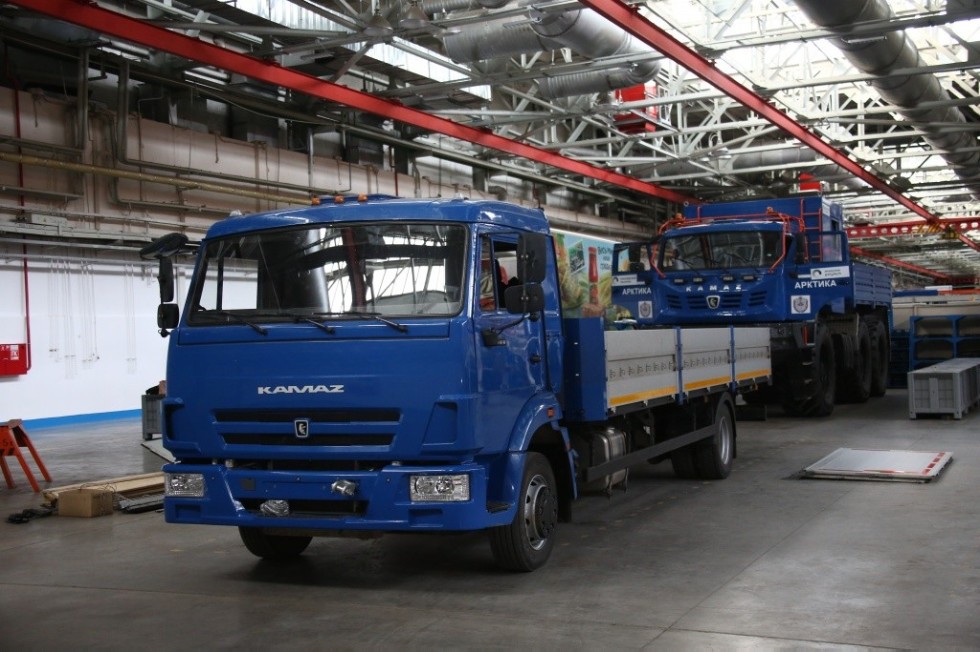KAMAZ and KFU to launch first tests of driverless lorry

The truck will be working on intra-plant routes.
This first vehicle will be transporting car cabins between the Press and Stamping Plant and the Automobile Plant. It will be controlled by a dispatcher who is supposed to take driving into his/her hands when such necessity arises.
Associate Professor Dmitry Chikrin, Head of KFU-KAMAZ Driverless Vehicles Group, explained how the autopilot system has been programmed, “The first driverless truck is a modified KAMAZ-43083. Our physicists created a three-level decision-making system. The first level is sensory, and it’s conducted through four types of equipment – video cameras, radars, lidars, and sonars. Then, there is the low-level contour which provides for speedy decision-making. It works in a way somewhat similar to humans’ subconscious or reflexes. Finally, there is the high-level contour – the truck analyzes all the information and decides how to proceed. The navigation is possible via Wi-Fi and 4G; if both are unavailable, there is reserve capacity for the ultra-shortwave communication.”
KAMAZ and KFU are currently working on a number of driverless vehicles. In 2018, the sides established a consortium with about a dozen partners which specialize in driverless technology. The products are planned for introduction since 2019.